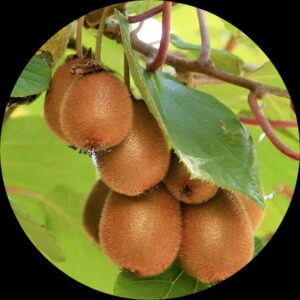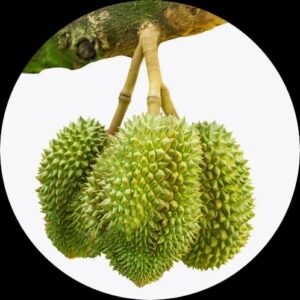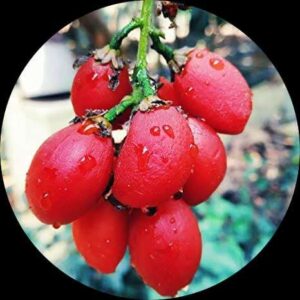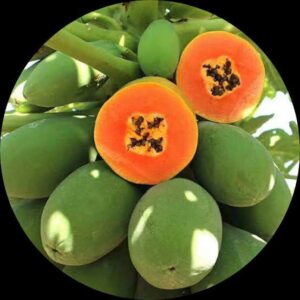- Empty cart.
- Continue Shopping
S J Suriya (Jack fruit)
Original price was: ₹750.00.₹500.00Current price is: ₹500.00.
Genus : Tubi
“Experience the joy of growing your own S J Suriya (Jackfruit) plant. Indulge in the delicious and succulent flavors of this tropical fruit.”
Jackfruit, also known as Artocarpus heterophyllus, is a tropical fruit tree that belongs to the Moraceae family. It is native to South and Southeast Asia and is known for its large, oblong or round fruit that can weigh up to 80 pounds. The fruit has a thick and spiky rind that turns from green to yellow or brown as it ripens, and the edible part of the fruit consists of numerous fleshy, bulb-like arils that surround the seeds. The arils have a sweet and musky flavor and can be eaten raw or used in various culinary preparations.
Jackfruit trees are evergreen and can grow up to 50 feet in height, with a dense and spreading canopy. The leaves are glossy, dark green, and have a distinctive lobed shape. The trees prefer tropical or subtropical climates with abundant sunlight and well-drained soil, and they are usually propagated by seeds, although grafting and air layering methods can also be used to propagate selected cultivars. The trees require regular watering, especially during the flowering and fruiting stages, and benefit from fertilization with balanced nutrient formulations.
In addition to its culinary uses, jackfruit has been traditionally used for its medicinal properties. Various parts of the tree, including the leaves, bark, and roots, have been used in traditional medicine for treating various ailments, such as diarrhea, asthma, and skin diseases. The wood of jackfruit is also used for furniture and other woodworking purposes due to its durability and attractive grain.
Overall, jackfruit is a tropical fruit tree known for its large fruit, unique flavor, and versatile uses in culinary and traditional medicine. Its impressive size and distinctive appearance make it a popular tree in tropical landscapes and orchards, and its flavorful fruit is enjoyed by many around the world.












Reviews
There are no reviews yet.